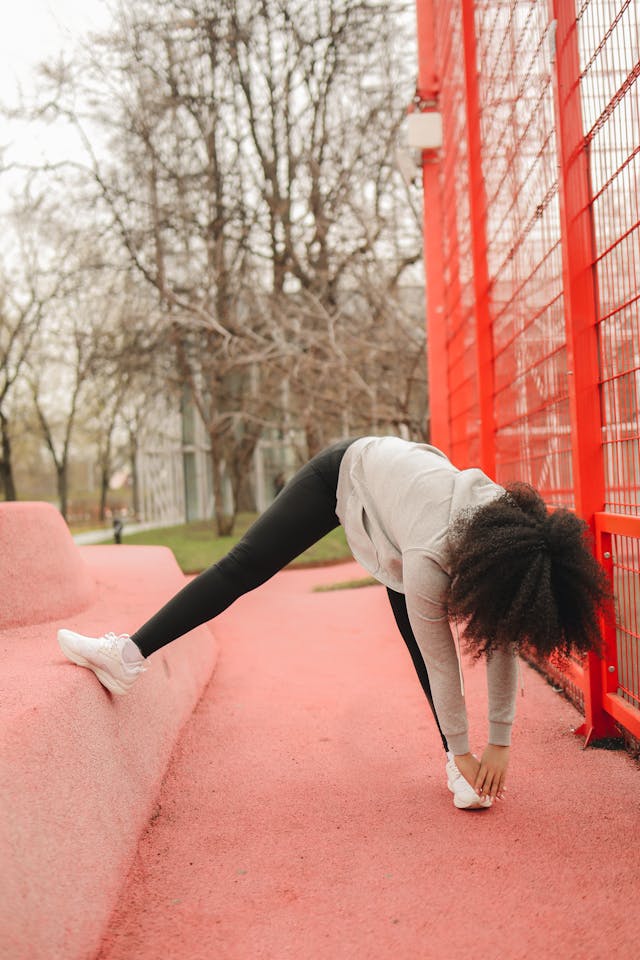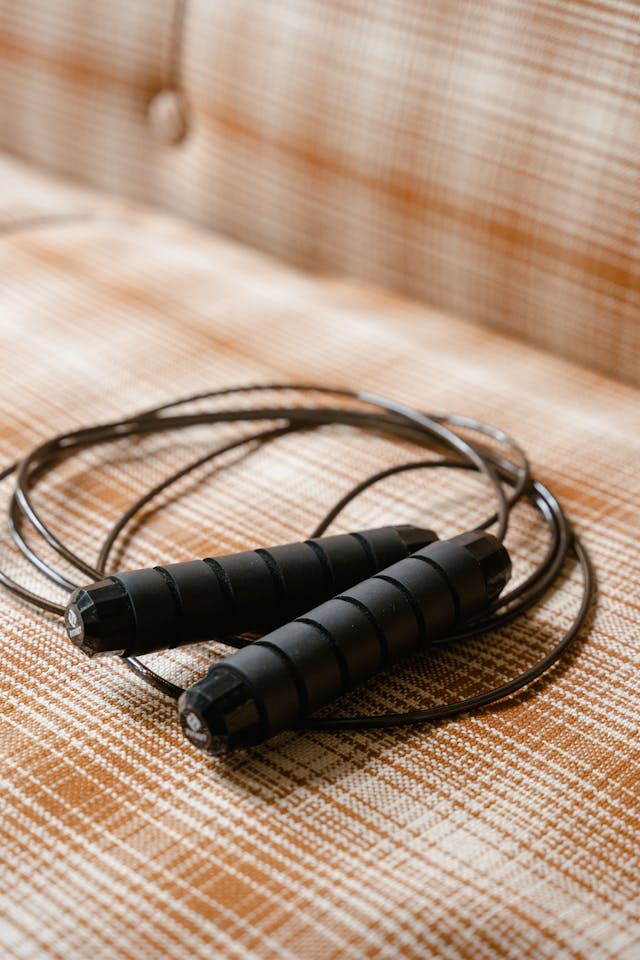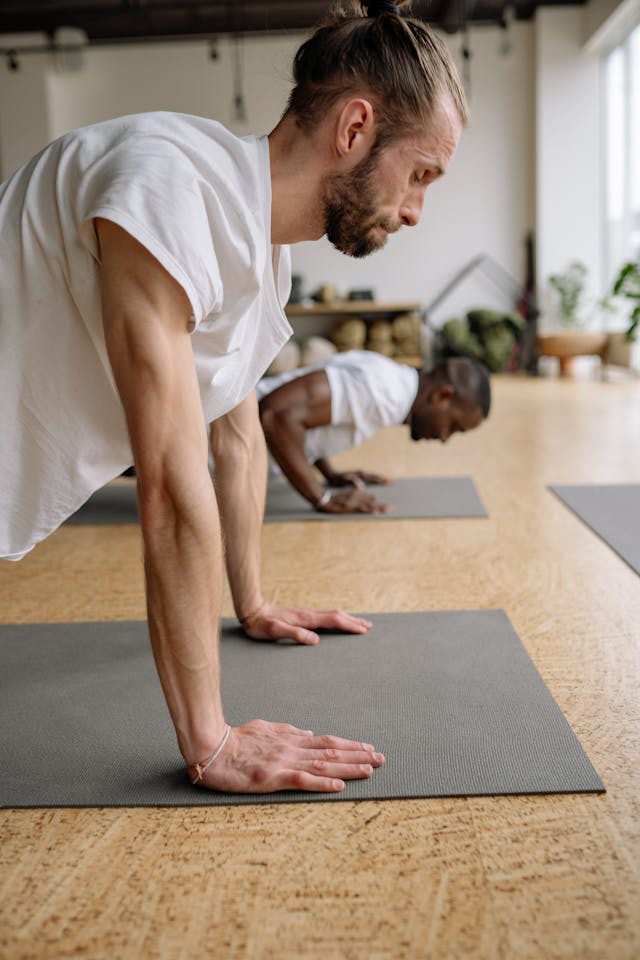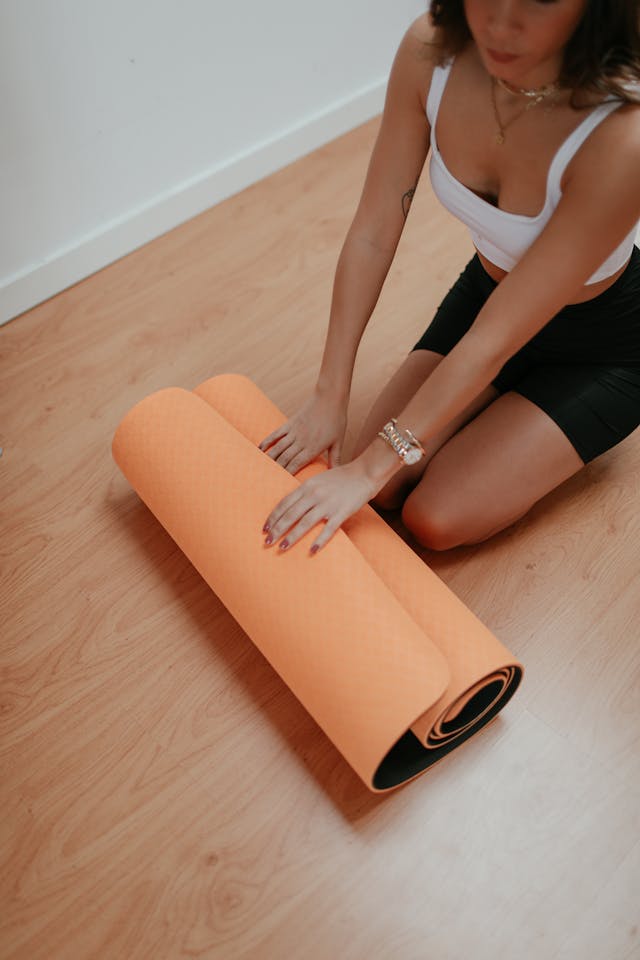Run with Us: Essential Warm-Up Tips for an Energizing Start
Warming up before a run is crucial to prepare your body and prevent injuries. Incorporating a proper warm-up routine can enhance your performance and make your running experience more enjoyable.
Simple exercises like dynamic stretches and light cardio can help activate your muscles, ensuring you’re ready to hit the ground running.
Taking just a few minutes to focus on your warm-up can significantly impact your overall training. Engaging in activities such as leg swings, high knees, or brisk walking not only raises your heart rate but also improves your flexibility.
By following essential warm-up tips, you can ensure that your muscles are ready for the challenges ahead.
Pre-Run Preparations
Preparing for a run involves several key elements that can significantly enhance your performance and enjoyment. By paying attention to your gear, incorporating dynamic stretching, and managing your hydration and nutrition, you set the stage for a successful workout.
Choosing the Right Gear
Selecting appropriate gear is crucial for a comfortable run. Invest in a good pair of running shoes that offer proper support and fit well. Look for shoes designed for your gait and the type of terrain you’ll be running on.
Comfortable, moisture-wicking clothing can help regulate your body temperature. Consider the weather; layers are practical for colder days, while lighter fabrics are better for heat.
Don’t forget essentials like a running watch or app to track your pace and distance. Wearing headphones can enhance your experience, but be mindful of your surroundings.
Dynamic Stretching Routines
Dynamic stretching is an excellent way to prepare your muscles for the demands of running. These movements promote blood flow and flexibility while reducing the risk of injury.
Start with exercises like high knees, butt kicks, and leg swings to engage your lower body. Incorporate lunges and arm circles for a full-body warm-up.
Aim for a quick routine lasting about 5 to 10 minutes. This not only warms up your muscles but also activates your heart rate, preparing your body for the run ahead.
Hydration and Nutrition Strategies
Proper hydration is essential before you head out. Aim to drink water about 1-2 hours prior to your run. If you’re planning a long run, consider electrolytes for optimal hydration.
Nutrition also plays a vital role. A light snack rich in carbohydrates can provide the energy you need. Options like a banana or an energy bar are great choices.
Avoid heavy meals just before running, as they can cause discomfort. Listen to your body and find a routine that works for you to ensure you feel your best on your run.
Warm-Up Essentials
Warming up is crucial for preparing your body and mind for a successful run. Focus on getting your heart rate up and engaging the right muscles to enhance performance and reduce the risk of injury.
Cardio Warm-Up Techniques
Start your warm-up with some light cardio to elevate your heart rate and enhance blood flow. Here are a few effective techniques:
- Jogging in Place: Spend 3-5 minutes jogging lightly to get your heart pumping.
- High Knees: This exercise engages your core and hip flexors while getting your knees up high for 1 minute.
- Butt Kicks: Alternate between high knees by jogging in place and kicking your heels towards your glutes for 1 minute.
These exercises not only increase your heart rate but also prepare your body for the movements involved in running.
Muscle Activation Exercises
After your cardio session, shift your focus to muscle activation. This targets specific muscle groups that play a key role in running. Consider these exercises:
- Leg Swings: Stand on one leg and swing the other leg forward and backward for 15-20 repetitions. Switch legs.
- Arm Circles: Perform small to large circles with your arms forwards and backwards for 1 minute. This loosens up the shoulders.
- Donkey Kicks: From a hands-and-knees position, kick one leg up while keeping your core engaged. Aim for 15 repetitions per side.
Incorporating these muscle activation exercises ensures that your legs and core are ready for the challenges ahead.
Running Form and Technique
Having proper running form and technique is crucial for enhancing your performance and minimizing the risk of injury. By focusing on posture, gait, and effective breathing, you can improve your running experience significantly.
Posture and Gait Analysis
Maintaining the right posture while running can greatly affect your efficiency. Stand tall with your shoulders relaxed and back, avoiding any hunching. Your head should be in line with your spine, looking slightly ahead rather than down at your feet.
When considering your gait, pay attention to your foot strike. Aim for a midfoot strike rather than a heel strike, as this can lead to less impact on your joints. A smooth and rhythmic gait will help you maintain speed while reducing fatigue.
Consider analyzing your running form using video recordings or gait analysis services through local running stores. This feedback can assist in identifying any areas that need adjustment.
Breathing Tips for Runners
Your breathing technique can significantly impact your performance. Aim for a deep, rhythmic breath through both your nose and mouth. This will help maximize the oxygen intake necessary for sustaining energy during your run.
A common method is the 2:2 breathing pattern, where you inhale for two steps and exhale for two steps. This helps synchronize your breath with your pace, allowing for smoother runs.
Avoid shallow, quick breathing, as it may lead to fatigue. Instead, focus on diaphragmatic breathing, which engages your diaphragm more effectively. Incorporate breath awareness into your warm-up routines to help establish a comfortable rhythm before you hit the road.
Monitoring Your Progress
Keeping track of your running progress is essential for improving performance and staying motivated. By setting achievable goals and utilizing technology, you can measure your advancements effectively.
Setting Achievable Goals
Start by defining clear, specific goals that are realistic based on your current fitness level. Whether you’re aiming to run a certain distance or improve your pace, make them quantifiable. For example, “Run 5K in under 30 minutes” is more actionable than “Get better at running.”
Break your larger goals into smaller milestones. Celebrate these mini-successes, as they boost motivation. For instance, if you’re training for a 10K, focus on increasing your weekly mileage gradually.
Utilize the SMART criteria: Specific, Measurable, Achievable, Relevant, and Time-bound. This approach ensures you create goals that reflect your aspirations while considering your capabilities. Adjust your targets as you progress to keep your training aligned with your abilities.
Using Running Apps and Trackers
Incorporating technology can simplify progress tracking. Running apps and fitness trackers are great tools for monitoring your runs. They help you log distance, pace, time, and even routes. Popular options include Strava, Runkeeper, and MapMyRun.
These apps often feature built-in challenges and social platforms to connect with other runners, fostering a sense of community. You can share achievements and encourage one another.
Consider metrics like heart rate and cadence offered by some trackers. Understanding these can provide insights into your performance and areas for improvement. Daily and weekly summaries allow you to view trends over time, helping to inform future training adjustments.
Cool Down and Recovery
Cooling down properly is essential to help your body transition back to its normal state after a run. Focusing on flexibility exercises and proper nutrition will enhance your recovery and prepare you for future workouts.
Stretching and Flexibility Exercises
After your run, dedicate time to stretching. This helps to reduce muscle tension and improve flexibility. Key stretches to include are:
- Quadriceps Stretch: Stand on one leg, pull your other heel towards your glutes, and hold for 20-30 seconds.
- Hamstring Stretch: Sit on the ground, extend one leg, and reach for your toes.
- Calf Stretch: Place your hands against a wall, step one foot back, and press the heel into the ground.
Incorporate static stretching for major muscle groups, holding each stretch for about 20-30 seconds. This practice can alleviate soreness and promote better muscle recovery, allowing you to feel more refreshed for the next run.
Post-Run Nutrition and Hydration
Refueling after your run is crucial. Your body needs nutrients to recover effectively.
Focus on:
- Carbohydrates: They restore glycogen levels. Options include whole-grain bread, fruits, or energy bars.
- Protein: This aids in muscle repair. Consider options like yogurt, eggs, or a protein shake.
- Hydration: Drink water or electrolyte beverages to replenish lost fluids.
Aim to eat within 30 to 60 minutes post-run for optimal recovery. A good ratio is 3:1 carbohydrates to protein.
Listen to your body’s needs, and adjust your intake based on the duration and intensity of your run for the best recovery experience.






